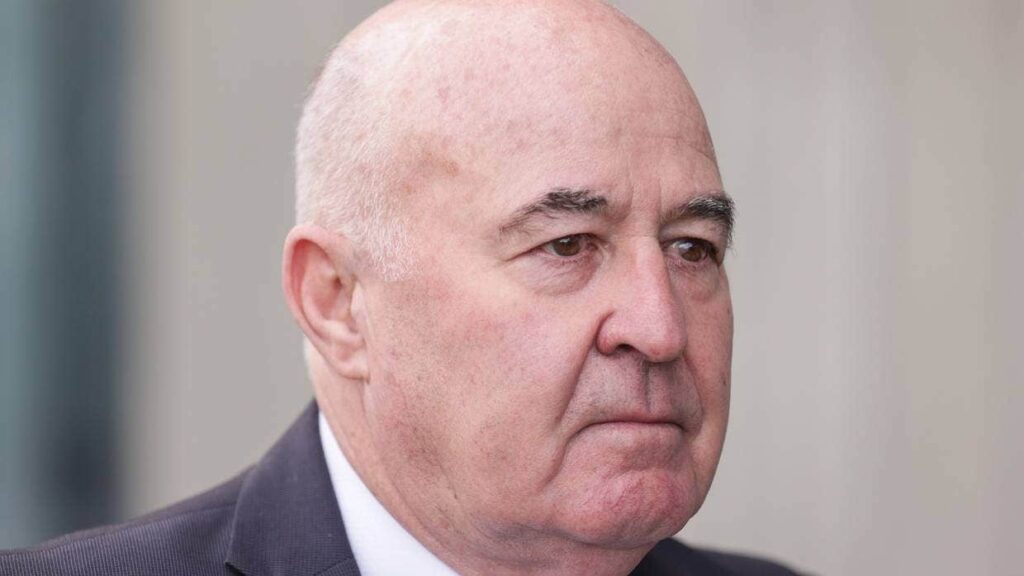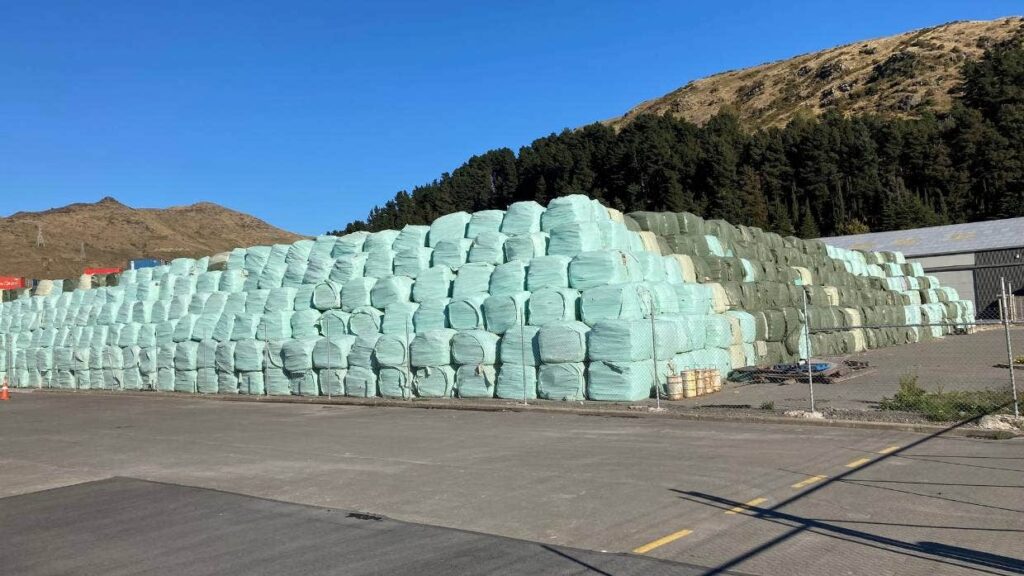Lithium-ion battery fires caused NZ$125 million in damages over 4 years across Japan.
A fire broke out on February 21 at the Togari Clean Center, a waste disposal facility in Toyota, Aichi Prefecture, shutting down part of its incinerator. The fire reduced the plant’s incineration capacity by around 30%, and the city declared a “garbage emergency” between April and July. The municipal government called for people to cut waste and properly separate trash. A subsequent investigation concluded that the fire was caused by items containing Li-ion batteries mixed with “combustible garbage.” According to the Japanese Environment Ministry, there were 12,765 fires attributed to lithium batteries in 2020. Fires caused by lithium-ion or li-ion batteries used in portable chargers and other products have repeatedly occurred in garbage trucks and waste disposal facilities throughout Japan, and the environment ministry is urging caution.The reason for the recurring fires is believed to be due to the diversification of products using lithium batteries. The Ministry of the Environment has warned consumers to “carefully check such products and properly dispose of them according to the rules of local governments.” read full article here
Lithium-ion battery fires caused NZ$125 million in damages over 4 years across Japan. Read More »










